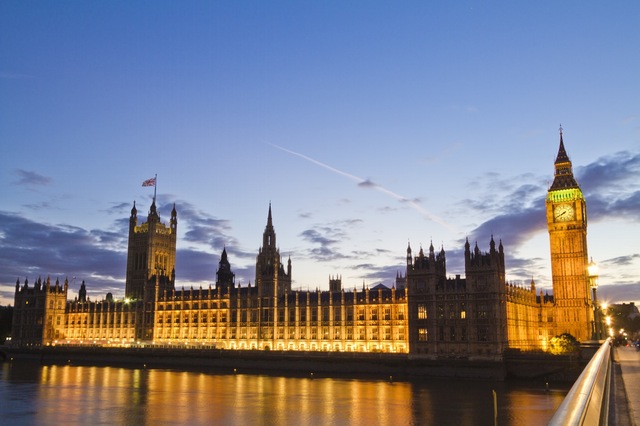UK public borrowing unexpectedly shrinks in September

UK government borrowing unexpectedly fell last month, but still managed to record the sixth-highest level since records began.
Public sector net borrowing – which is the deficit between what the government spends and what it receives in taxes – came in a £14.3bn in September, the Office for National Statistics said on Friday.
This was down £1.6bn on last September but still the sixth highest September borrowing since monthly records began in 1993, with the years during Covid and after the global financial crisis being higher.
The figure surprised many, including the Office for Budget Responsibility itself, which had forecast a rise to £20.5bn. Analysts meanwhile had pencilled in a figure closer to £18.3bn.
During the month, the interest payable on central government debt was just £0.7 billion, £7.2 billion less a year ago and the third lowest on record. This was largely because of the fall in the Retail Prices Index (RPI) between June and July 2023, which reduced the inflationary impact on index-linked gilts. The OBR had expected this amount to be £4.8bn.
Analysing the data on Friday morning, economist Samuel Tombs from Pantheon Macreconomics, explained the reason why borrowing undershot the OBR's own forecast.
"Accrued payouts on index-linked gilts relate to month-to-month changes in the RPI two months previously. The RPI fell sharply in July—and seemingly more so that the OBR expected—when Ofgem reduced its energy price cap. This was the main reason why central government total expenditure was £4.1bn below the OBR’s forecast. At the same time, central government receipts came in £1.9bn above the OBR’s forecast, partly reflecting higher-than-anticipated wages."